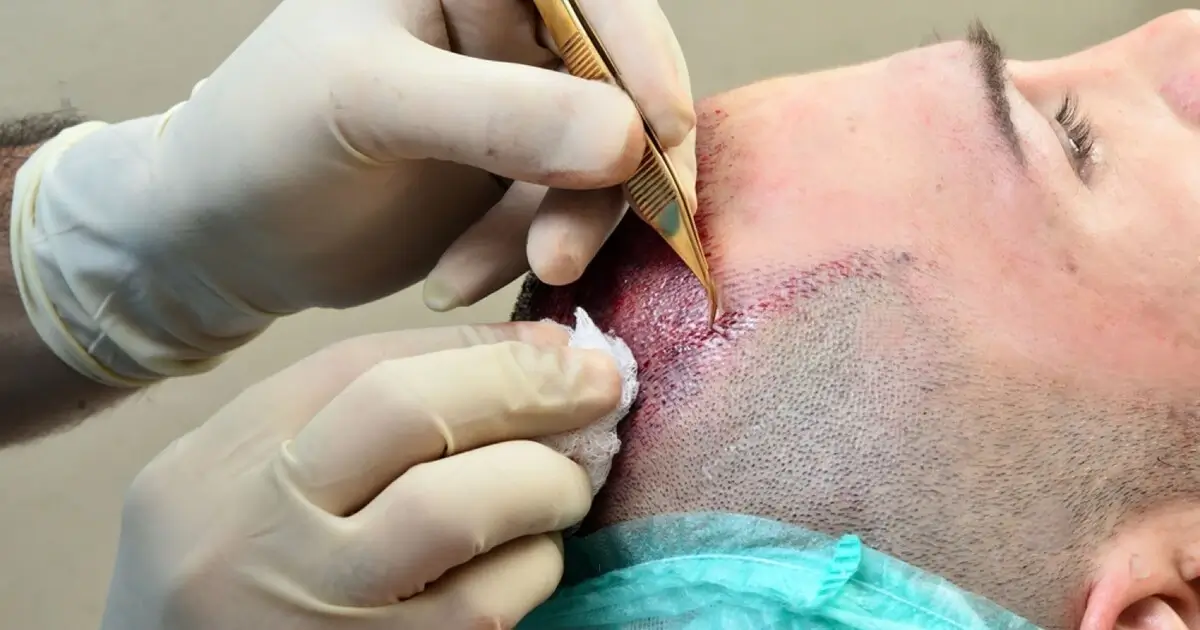While considering a hair transplant, most patients think about the results before. Nobody wants to spend their hard-earned money on hair grafts that fall out later or transplantation that won’t work but In general, hair transplant surgery works, and the success ratio is very high
However, there are many differences between the various hair transplant procedures, clinics, and surgeons from which to select. This selection can be too much important for some patients.
FUE Tried and tested technique
The most famous, Result oriented, and widespread technique nowadays is FUE (Follicular hair transplant). Donor hair follicles must be removed from the donor area, typically the back of the head. They are referred to as hair grafts.
The recipient area experiencing hair loss is subsequently treated with hair grafts. The crown portion of the scalp and the front of the hairline are where the most prevalent types of hair loss, such as genetic hair loss in men, occur.
Variable success rates are seen with FUE hair transplants. The survival rate for individual hair grafts can be less than 50% at the low end of the market, where a clinic saves expenses and employs unskilled workers. Additionally, the probability of adverse consequences like infection is higher, which lowers the chance that hair grafts will be successful.
A competent FUE hair clinic typically has a 70–80% hair transplant survival rate. This is regarded as the market average.
FUT, an older technique, also had the same success rate then, although this technique is not that prioritized nowadays because sometimes it leaves scars in the donor area. Consequently, it is becoming obsolete in the most cutting-edge hair clinics.
DHI hair transplantation tried and tested
FUE’s direct hair implant (DHI) technique is a variation. Considering that the hair grafts are shielded during transplantation by an implanter pen with a unique design, it delivers a greater hair graft survival rate.
When delicate work is necessary, such as creating a convincing natural-looking hairline, DHI is frequently used. A natural appearance depends on individual hairs, so the enhanced survival rate is crucial to the desired result.
DHI just got better with a bit of modernization in this technique which is DHI sapphire, which gives the highest survival rate of up to 99% that no other technique gives. With this technique, the hair grafts are given 360-degree protection during the transplant using a special implanter pen. This indicates that none of them sustain damage while being moved.
How to increase the success rate of your hair transplant
It is crucial to keep in mind that the procedure is not the end result of a hair transplant procedure. To ensure a successful hair transplant, patients must take certain precautions.
First of all, patients need to take care of as per the doctor’s instruction. This typically entails avoiding exposure to direct sunlight on the scalp, washing hair very gently, and avoiding physical contact between the head and other things.
After a few weeks, the newly transplanted hair will start to fall out. There is no cause for concern here. They Simply reestablish themselves in their new habitat, the hair grafts. Normal full hair growth will occur 6 to 12 months after the procedure.
Further More
There is no clinic that offers 100% success rate well the techniques we are using at tas hair clinic and explained in this article are fully approved and tested that gives you the best survival rate for your hairs
Surprisingly, These techniques are very expensive and advanced but the fact tas hair clinic is based in istanbul so it makes less cost effective and more result oriented under the supervison of World famous Dr. Suleyman tas
For more detailed information from our experienced medical consultant about Hair transplant in Turkey contact us via Whatsaap or book a meeting at any time that suits you

